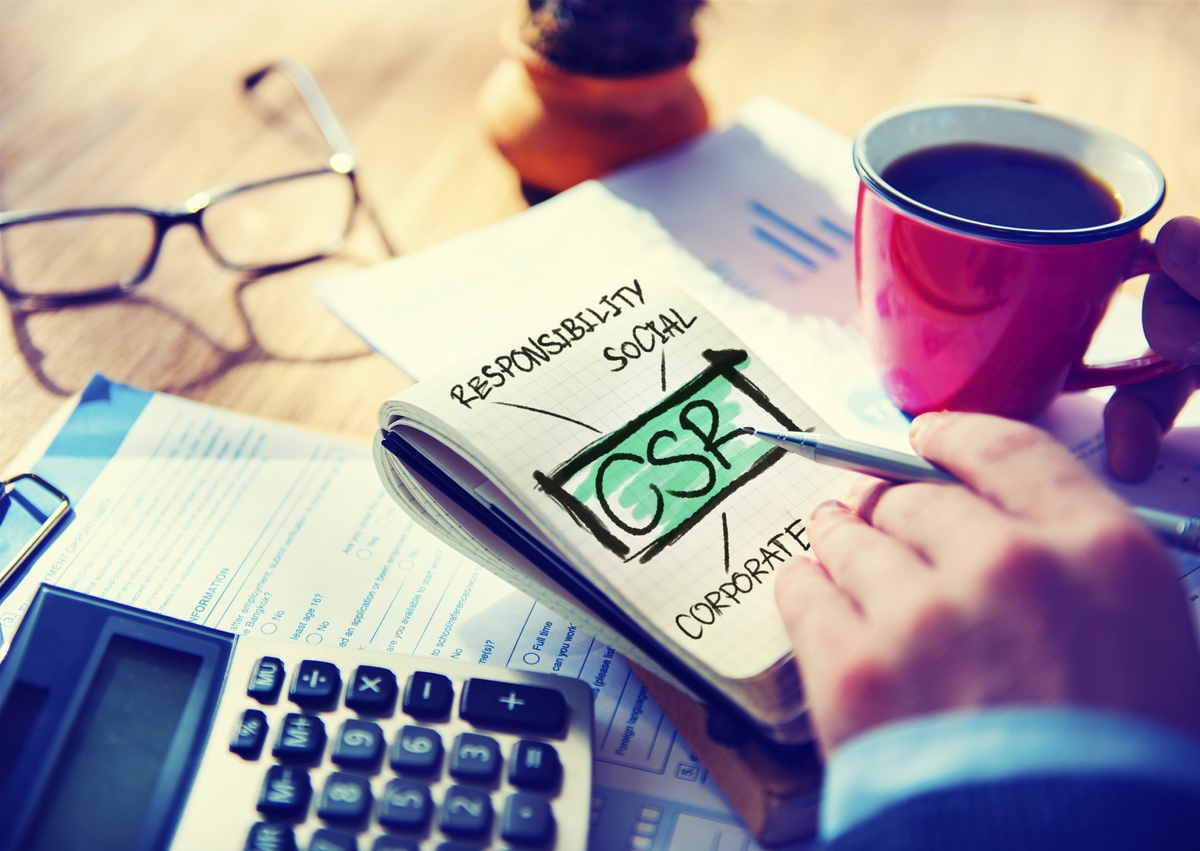By Hao Lu, Xiaoyu Liu, & Loren Falkenberg

In August 2019, 181 CEOs from prominent corporations in the US signed a statement to redefine the purpose of business. In this new statement, the group overturned the dominant belief of shareholder supremacy and adopted a more socially-oriented corporate purpose: to serve all stakeholders. This was regarded as a radical shift towards the view that firms cannot do well economically if they do not respond to the social expectations of their stakeholders. Firms need to do ‘good’ socially in order to do well economically. This belief is also reflected in the triple-bottom line (i.e., financial, social, and environmental performance) orientation of many annual reports.
Although CEOs have signed this new statement, relatively little is known about how a socially-oriented corporate purpose can be integrated into existing processes. One potential bridge for becoming more socially responsive is to build upon existing CSR activites; i.e., firms which have engaged in long-term CSR activities should have increased internal capacity to support a socially-oriented corporate purpose. However, the influence of CSR activities on the internal capacity to monitor and respond to social and environmental risks is not well understood. Rather, the current assumption is that effective CSR practices create insurance-like protection by influencing the perception of stakeholders. This is labelled as an “outside-in” effect of CSR on risk management as such activities influence the environment in which the firm is operating, but not necessarily its capabilities in managing risk. It is also unknown whether CSR activities influence managers’ perceptions of and responses to potential stakeholders and social risks from an inside-out perspective.
Our study explored whether CSR activities led to improved managers’ identification, assessment, and responses to social issues. We, thus, asked whether CSR practices influence the internal capacity to better manage external social and environmental risks, thus providing an “inside-out” perspective with regards to CSR’s effect, i.e., CSR influences the risk management capabilities of firms. besides the risk contexts.
Another question arising from a shift to a more socially-oriented corporate purpose is whether both primary and secondary stakeholder interests should be monitored. Some researchers have concluded that the most valuable CSR activities are those that target primary stakeholders (e.g., employees, investors, and customers) who possess power to influence corporate actions. For example, ignoring employees’ demands could lead to a major strike and increase the risk associated with business interruption; neglecting investors’ rights in decision-making could result in difficulties in future financing; and withholding key information from customers could cause a massive boycott of a firm’s products and negatively impact its reputation. However, secondary stakeholders (such as the local community) are less important to the firm because they lack the legitimacy and power to influence a firm’s reputation. Other researchers suggest that irresponsiveness to the expectations of secondary stakeholders creates risk because these stakeholders are perceived as legitimate and sincere by broader society, and the impact of these risks are increased if their interests are not addressed. For example, environmental activists may increase the political risks for resource extraction companies by delaying a firm’s ability to initiate government-approved projects.
Our key finding from the panel data of 735 North American firms between 2002 and 2011 is that firms with better CSR performance are more likely to adopt enterprise risk management (ERM) practices, which lead to a better integration of strategic risks (such as social risk and reputation risk) into their risk portfolio. This could be because CSR integrated seemingly disparate activities, including i) supporting the volunteer and environmental programs, ii) responding to a broad range of relationships with environmental protection agencies, human resource managers, local communities, suppliers, and consumers, and iii) satisfying specific stakeholder interests. Interactions with a broad range of stakeholders led to the early identification of social and environmental risks and improved risk assessment. Better and more sophisticated risk identification and assessment, in turn, created comprehensive understanding of social risks and their correlations with other risks which facilitated the adoption of ERM practices.
Our findings hold lessons for business managers. Long-term CSR activities have an impact that goes beyond reputation building; these increase the capacity to monitor and respond to social and environmental risks. Thus, managers should not view the efficacy of CSR in isolation, but evaluate CSR alongside other business strategies. In particular, it is important for them to search for synergies between CSR and risk management strategies. They should be responsive to both primary and secondary stakeholder expectations from an inside-out perspective.
References:
Lu H., Liu X., & Falkenberg L. 2022. Investigating the Impact of Corporate Social Responsibility (CSR) on Risk Management Practices. Business & Society, 61(2):496-534.
